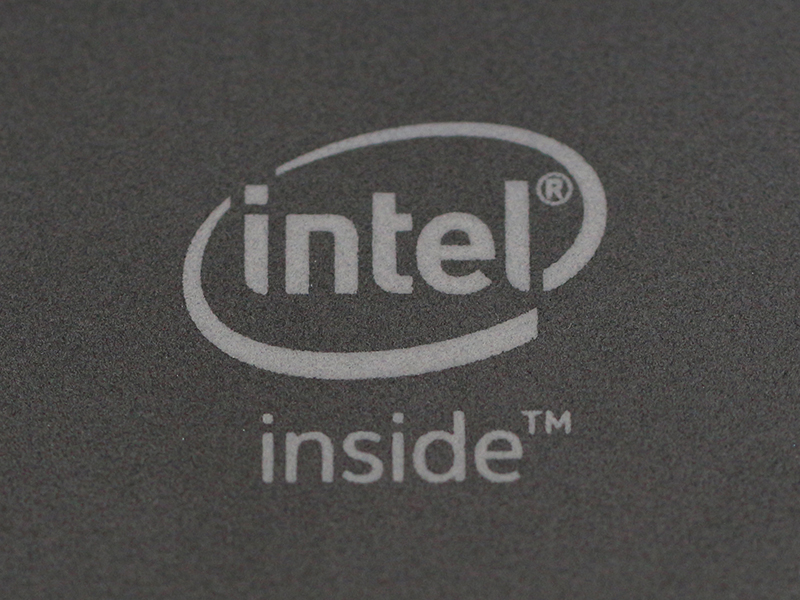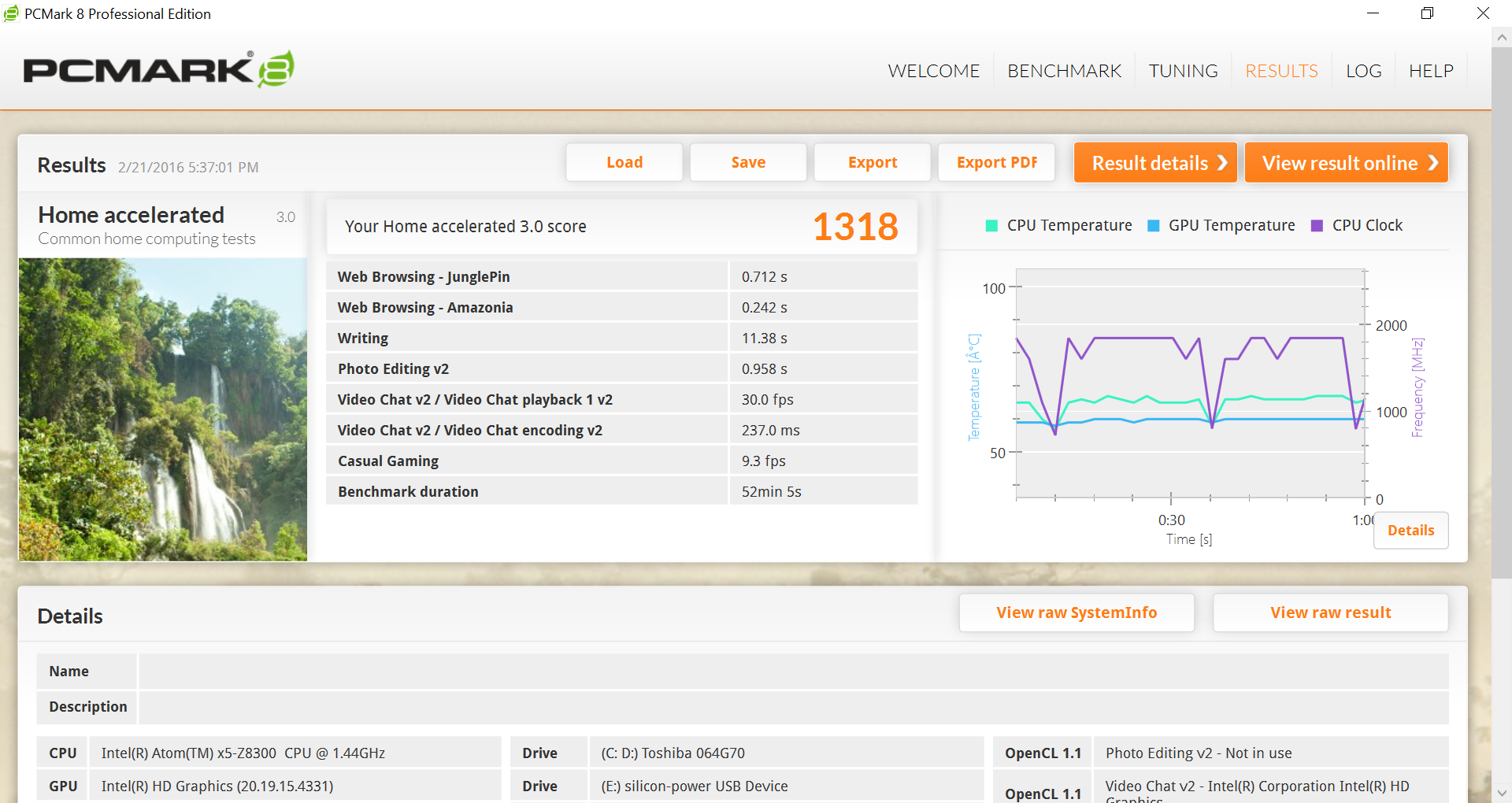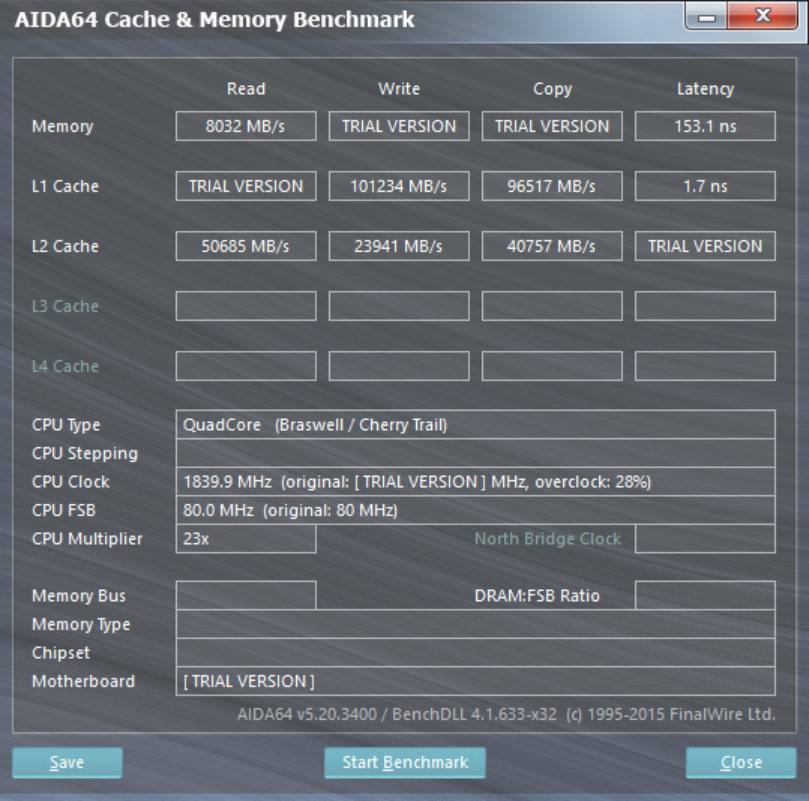Index
Beelink BT3 Specs and Performance
Cherry Trail this, Cherry Trail that, why do we keep going on about Intel’s new 14nm Atoms? Because they’re good, that’s why.

The Intel Atom x5-Z8300 is the slowest quad-core Cherry Trail tablet part on the market, but it manages to match or beat high-end Bay Trail chips in benchmarks.
It’s all made possible by Intel’s foundry lead. Cherry Trail is essentially a die-shrink of Bay Trail, the CPU cores (Airmont) are almost identical, apart from the manufacturing process. It also means we should experience superior efficiency and higher clocks. The x5-Z8300 runs at 1.44GHz, but it can hit 1.83GHz on Turbo.
This means there’s a lot more die area to play around with, so Intel used it to bump up GPU performance, and when we say bump up, we mean it.
Bay Trail relied on Ivy Bridge (Gen7) graphics, but Cherry Trail features a new Gen 8 GPU, based on the same architecture employed in Broadwell processors. In addition, Bay Trail had enough room for 4 Execution Units (EUs), but thanks to the new node, Cherry Trail ships with 12 to 16 EUs. This particular model has 12 EUs, clocked at 200MHz to 500MHz. Needless to say, Cherry Trail can wipe the floor with Bay Trail in terms of GPU performance.
It’s not just performance. The new Gen8 GPU offers more features and supports more standards, such as 4K/h.265 video acceleration and DirectX 11.2 support. The GPU supports up to two displays.
In spite of the vastly bigger GPU and somewhat faster CPU, the new 14nm node still manages to ensure exceptional efficiency. The official SDP of this processor is 2W. Since the new process allowed Intel to cram more transistors on the same die area, the GPU was bumped up from 4 execution units (EUs) to 12 or 16 EUs, depending on the SKU. Atom x5 parts sport 12 EUs, while x7 processors have 16 EUs. This particular SKU, the Atom x5-Z8300, features four CPU cores and 12 EUs. The CPU is clocked at 1.44GHz to 1.84GHz, while the GPU runs at 200MHz to 500MHz. Despite the spec bump, the 14nm node allowed Intel to keep thermals in check, and the official SDP is just 2W.
You only get 2GB of RAM, but given the price and target audience, this is not a deal breaker. As for storage, it’s average, maybe a bit better than just average, but it’s still eMMC 4.5x. Our only gripe with the 64GB drive has nothing to do with the hardware. It comes divided into two partitions, which we found rather pointless.
Before we check out some bench results, let’s list the specs.
Tronsmart Ara X5 Specifications:
- Processor: Intel Atom x5-Z8300 quad-core, 1.44GHz base, 1.84GHz Turbo, 14nm
- Graphics: Intel HD Graphics Gen8, 200MHz base, 500MHz burst
- RAM: 2GB DDR3L
- Storage: 64GB eMMC, 40GB and 20GB partitions, expandable via full-size SD card
- Wireless: dual-band 802.11b/g/n, Bluetooth 4.0
- Dimensions: 120x120x24mm
- Weight: 450g
- Ports: 2 x USB 2.0, 1x USB 3.0, HDMI, 3.5mm audio, 1000Mbps RJ45, DC in (proprietary 5V 3A)
In 3D mark, the system scored 17478. Note that the processor was not properly recognised. We also experienced a performance drop when the box automatically updated the Intel display driver.
The PC Mark Home accelerated score was 1318. This is an average score for this type of system, but it also reveals that the Beelink BT3 does not throttle much.
The detailed graph gives us a better overview of the temperatures. In CPU-bound tasks, the processor heats up to about 70 degrees Celsius. However, when the GPU is pushed to its limits, the temperature goes up by another 10C. This is not something we'd usually see on Bay Trail processors, which featured a much smaller GPU. Both figures are quite good, and the system cools down in minutes. One reason for this is Beelink's decision to use a copper heatsink. Most micro-PCs feature cheaper aluminium heatsinks.
Memory performance was average, nothing to add here. Would we like to see 4GB of RAM instead of 2GB? Sure, but that would drive the price up, and possibly force OEMs to use pricier Cherry Trail SKUs. Considering potential use-cases for these systems, 2GB should be enough.
So far so good, but CPU and memory tests don't really reveal a lot with these systems. The basic hardware configuration is nearly identical, and the biggest performance difference is to be found in storage tests.
HD Tune reveals the eMMC drive is relatively fast, but the bench experienced a couple of performance drops to just a few megabytes per second. This is not something you should get too concerned about, as we often see similar results with other eMMC drives, and we didn't experience any slowdowns in real life applications. The maximum and average speeds are quite good.
CrystalMark did not pick up these strange performance drops, and the results are above average across the board.









